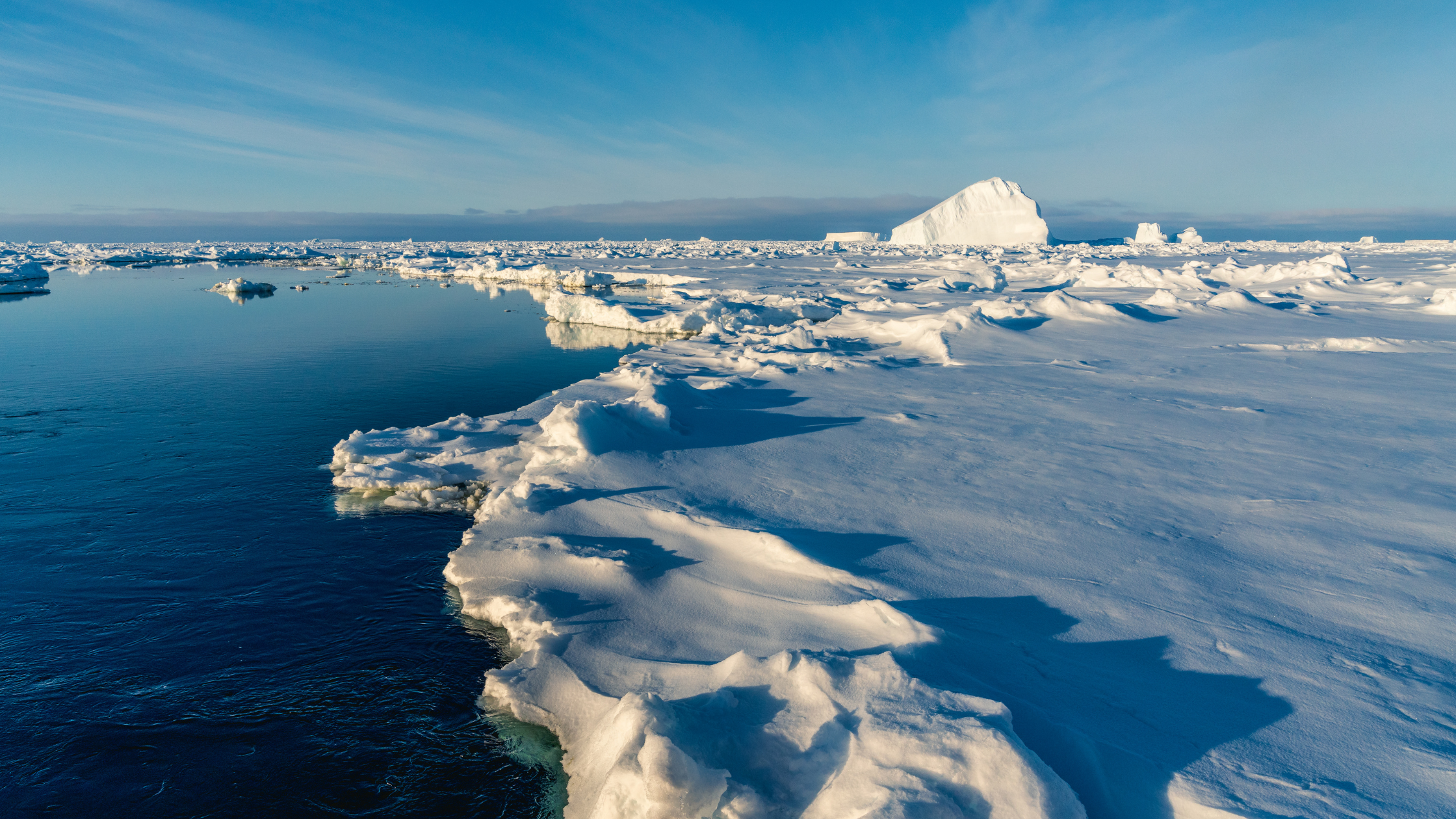About This Lesson
Access Free Lesson Plan Here: Physical Change: The State of the Ice Caps
In this lesson, students engage in activities and experiments to explore the concept of physical changes, and apply their learning to understand climate change-induced sea level rise.
Step 1 - Inquire: Students explore the idea of physical state and changing states through a variety of activities and simulations.
Step 2 - Investigate: Students conduct an experiment to investigate the real-world problem of melting ice caps through the lens of changing states.
Step 3 - Inspire: Students reflect on the impact of sea level rise and how it may affect specific individuals and create a model to represent the changing states of matter in the ocean due to climate change.
Learning Outcomes
- Students will be able to define and identify physical changes.
- Students will be able to explain how matter changes states.
- Students will be able to relate changing states of matter to the global crisis of sea level rise.
More Free Stuff!
Free News Articles for Students













